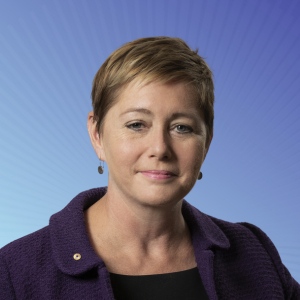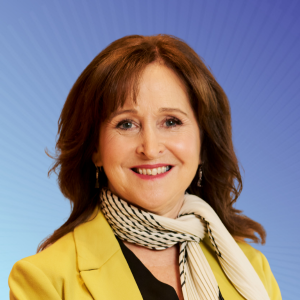Australia’s superannuation system is not just a retirement savings success, it’s a national productivity engine that has contributed significantly to Australia’s economic strength and can be deployed even further, new research from peak superannuation body ASFA shows.
The research, conducted ahead of the upcoming Economic Reform Roundtable focussed on productivity growth, reveals that high, sustained levels of funding from superannuation for investment in the Australian economy has lifted the level of productivity and GDP by around 2%, with the average full-time worker now reaping a super productivity dividend of around $2,500 in pre-tax wages every year.
Australia’s superannuation pool, currently sitting at $4.1 trillion, has an investment claim on a quarter of Australia’s capital stock, with 14% through institutional super. Over many decades, funding from super for investment in enterprises, infrastructure and technologies has been key to lifting productivity.
ASFA CEO Mary Delahunty says: “Investment from the superannuation sector is fundamental to lifting improvements in productivity.
“Super funds deploy around half a million dollars in new financial capital every day on behalf of members. When businesses harness this capital effectively, it delivers both economic dividends and generational progress. But there is more Australia can do.”
Today’s release of the report The Impact and Opportunity of Superannuation on Australia’s Productivity includes several recommendations to further unleash superannuation’s potential to improve productivity.
These include:
- Codifying policy stability for long-term investment vehicles: Reducing regulatory volatility will encourage confident, long-term capital deployment.
- Reforming performance benchmarks to support future-focused sectors: Adjusting benchmarks will drive investments in long-term sectors including clean energy, digital infrastructure, and advanced manufacturing.
- Removing stamp duty from transaction cost disclosures under RG97: Levelling the playing field for Australian residential property investments compared to international assets is part of the solution to unlocking more housing supply.
- Creating structured pathways for public-private investment coordination: Streamlining approvals and co-investment mechanisms for nationally significant projects, especially in energy transition will help Australia on the path to decarbonisation.
- Modernising capital gains tax arrangements to reduce inefficiencies and enable funds to restructure investments without triggering tax events
- Creating a productivity-focused working group within the Treasurer’s Investor Roundtable initiative to maintain the pace of reform
Key Findings from the ASFA Report:
Institutional superannuation funds hold around $1.4 trillion in Australian-domiciled investments, representing a 14% claim on the nation’s capital stock. When SMSFs are included this claim rises to 25%.
Superannuation has contributed to an estimated $1 trillion in additional household savings since the introduction of universal contributions in 1992.
Each quarter, approximately $40 billion in new financial capital from institutional superannuation must be deployed into new investments. This is approximately $500 million per day.
The superannuation system has historically been the largest investor in venture capital in Australia, supporting innovation and early-stage technology development.
Looking ahead, Deloitte projects that total superannuation assets will reach $11.2 trillion by 2043—equivalent to nearly 200% of GDP. This growing pool of capital presents a unique opportunity to fund Australia’s energy transition, digital transformation, and infrastructure renewal.
“The productivity conversation must dare to go beyond the ‘bosses versus workers’ narrative which risks anchoring the outcomes to ‘ways of working’ and misses the opportunity to consider the role of capital to deliver a national vision,” said Ms Delahunty.
“The productivity challenge is not unique to Australia, but Australia has a unique national asset that gives us a head start in tackling it – our multi-trillion dollar superannuation system. Ensuring we have the right settings will allow this capital to reap dividends for all Australians.”
For further information, please contact:
ASFA Media Team: 0451 949 300 or mediaunit@superannation.asn.au
About ASFA
ASFA, the voice of super, has been operating since 1962 and is the peak policy, research and advocacy body for Australia’s superannuation industry. ASFA represents the APRA regulated superannuation industry with over 100 organisations as members from corporate, industry, retail and public sector funds, and service providers. We develop policy positions through collaboration with our diverse membership base and use our deep technical expertise and research capabilities to assist in advancing outcomes for Australians.
We unite the superannuation community, supporting our members with research, advocacy, education and collaboration to help Australians enjoy a dignified retirement. We promote effective practice and advocate for efficiency, sustainability and trust in our world-class retirement income system.
































